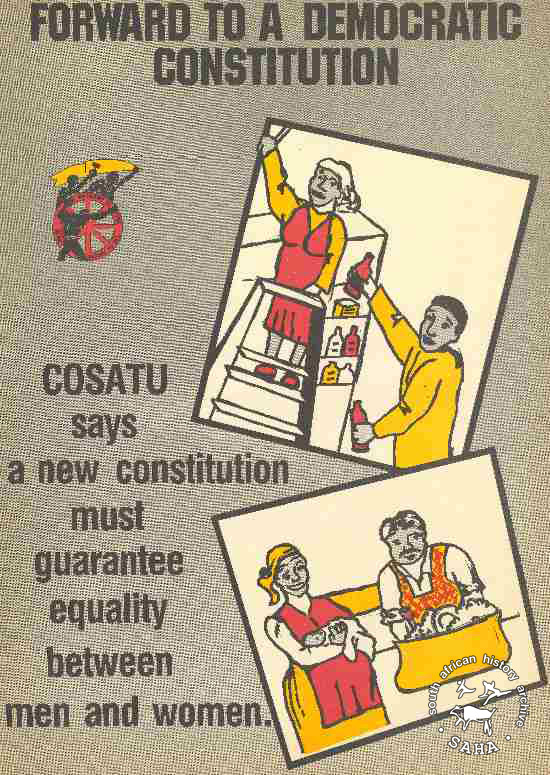Heritage Day celebrates the cultural diversity of South Africa, under the democratic values of inclusivity and participation. During the repressive years under apartheid in South Africa, our national identity was focused on both European and Afrikaans influence, which was not very representative of South Africa’s cultural landscape. The struggle against oppression and exclusion of the cultures of all South Africans was part of our liberation movement’s overall struggle for freedom.
South Africa’s moment of truth came in 1994, the first democratic elections - when all South Africans were by law allowed to cast their vote in the new political dispensation. Previously, the term “African” had been used to demean or devalue our African cultures – now, “South African” would be used in a positive sense, in a way that includes all those who live here.
The next step was to identify our common cultural heritage and come together under the banner of a cohesive, reconciled “rainbow nation”. This work would prove to be the most heart wrenching and difficult, but it was aided by the establishment of the Truth and Reconciliation Commission (TRC) would put South Africa at the edge.

The TRC was established in 1995 through the Promotion of National Unity and Reconciliation Act of 1995 (PNURA), with the purpose of investigating gross human rights violation during the dark days of South Africa. The willingness from ordinary South Africans to work together to form a new national identity was put to the test when the TRC forced the country to face its ugly past.
It was through the brave work of the TRC that South Africa tried to forge a new national identity – one that allowed South African to celebrate their uniqueness and diversity. This was not only in the form of embracing different races and ethnicities, but also by South Africa’s openness to facing the truths about the violent and brutal path to democracy together. The TRC allowed new heroes and heroines to be known, new histories to be written and our national identities to be redefined.
The Constitutional Court is a great example of how different parts of our heritage have many times come together to give birth to a fruitful democracy. The Court’s architecture concept is “justice under a tree” - an African philosophy rooted in the ideals of transparency, openness, inclusivity and participation.
In many African communities, when there was a matter that needed resolution, the elders would hold a meeting with the community and the parties involved under a tree.The matter was heard by everyone and included the community in ensure that solutions are heard by all and members of the community are included in restoring harmony and cohesion.
The integration of the old way of resolving matters into the Western inspired justice system is a brilliant way of showing how the past has a productive space in the future through the efforts that citizens who work together to ensure that the principles of democracy and “Ubuntu” prevails every day.
Heritage goes beyond cultural diversity, and taps into the root of South Africa’s strength and resilience as a country. Our five-language national anthem is another way South Africa celebrates that which makes it unqiue. Nkosi sikelel' iAfrika!
This poster created by Congress of South African Trade Unions (COSATU) on a democratic constitution is part of AL2446: SAHA's Poster collection
Check out the SAHA / Sunday Times Heritage Project, which includes key publications such as Between life and death: stories from John Vorster Square and Voices from our past
Visit the links on SAHA's South African History and Heritage page







